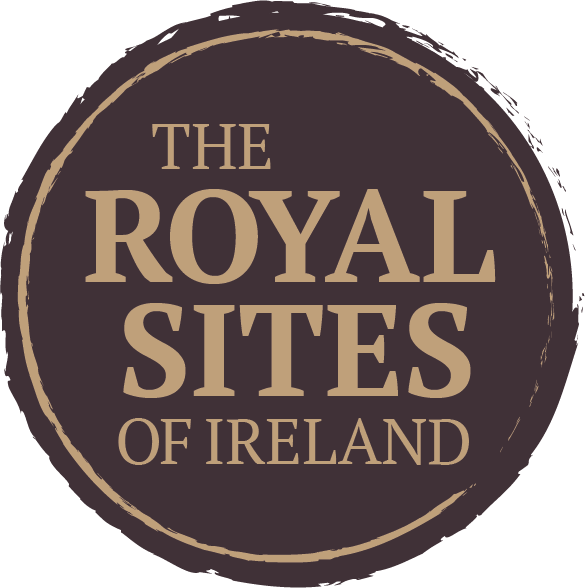Knockaulin

Royal Sites of Ireland Survey
We are currently in the process of making an application for the Royal Sites of Ireland to be on Irelands UNESCO world Heritage Tentative List and we would like your feedback
Dún Ailinne | Knockaulin
Dún Ailinne | KnockaulinThe Curragh, Co. Kildare
At the south-east end of the Curragh of Kildare is Dún Ailinne, which in historic times was a symbol of Laigin or the Leinster kingship. At this time Leinster consisted of the south-east of Ireland and its northern-most border with Mide (Meath) was defined by the River Liffey. During this period the Leinster men were rivals of Uí Néill of Mide who were creating the myth that the Hill of Tara was the seat of the Irish High Kings from time immemorial. Not to be outdone, the Leinster men developed Dún Ailinne as the symbol of Leinster kings.
Dún Ailinne consists of a massive bank and ditch enclosing the summit of an entire hill, built sometime after 700BC. The enclosure, 365m across, probably defines the ceremonial space of this royal site, and is similar to the large ceremonial enclosures at Tara and Eamain Macha (Navan). Archaeological excavations have shown that there was activity on the hill top since the Neolithic, and uncovered a complex series of later prehistoric building phases in timber. These timber structures appear to have been ceremonial buildings.
One phase consisted of three concentric trenches, each originally supporting an upright timber fence, and enclosing an area 28m across. At the south a smaller circular timber structure was attached, and at the east was an entrance to the main structure with a funnel-shaped avenue leading to it. This must have been some form of ceremonial structure, but we know very little about how it was used. However, the most remarkable feature of this structure is that it is very similar to a structure found at Navan dated to about 150BC.
Dun Ailinne is a privately owned and active working farm and therefore should not be accessed by the public unless they have spoken to the landowners, the Thompson family, and permission granted.